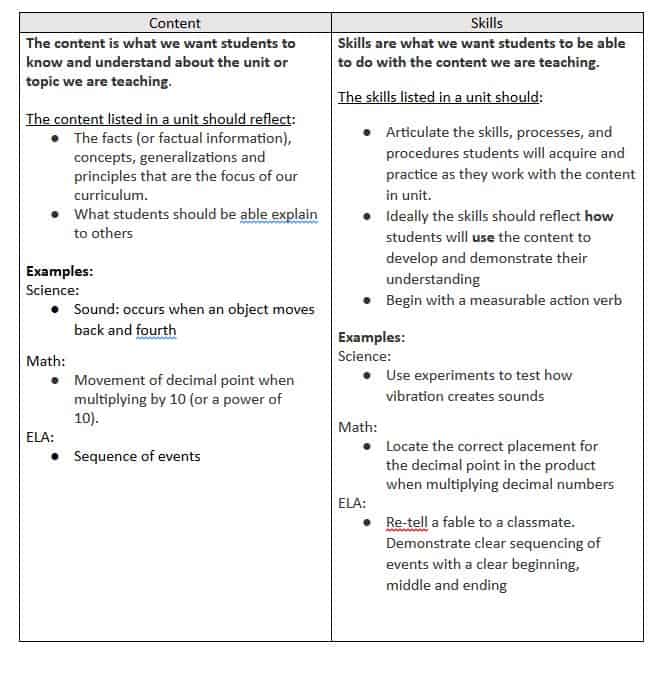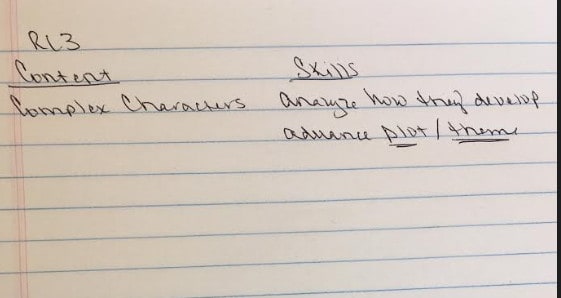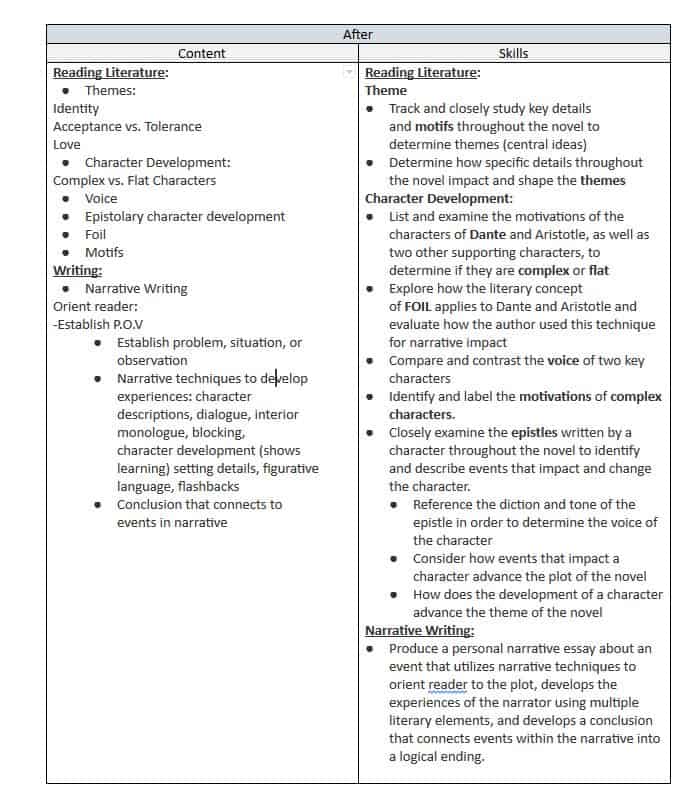Amber is passionate about pedagogy and the role school leaders and teachers play in creating and providing dynamic, high quality curriculum and instruction. For the past eight years, she's traveled the globe, leading professional development sessions for domestic and international school districts. Amber supports districts in developing standards-aligned curriculum and guides teachers through the process of developing integrated units of instruction. She also collaborates with district curriculum planning teams and leads professional development sessions for differentiated instruction.
Amber graduated from Lewis & Clark College in Portland, Oregon with a bachelor’s degree in English and a master’s degree in Secondary Language Arts. She spent seven years in a public high school teaching a wide range of Language Arts courses, including Senior IB. She also coached volleyball and was active in the school community.







